Effective Classroom Dynamics Management Strategies Report for Students
VerifiedAdded on 2023/06/09
|15
|897
|415
Report
AI Summary
This report delves into the multifaceted realm of classroom dynamics, exploring the intricate interactions within a learning environment. It begins by defining classroom dynamics and outlining key principles and practices for effective management. The report then examines the characteristics of group environments that foster learning and development, such as shared purpose, trust, and diversity. Various strategies for managing group dynamics are evaluated, including self-reflection, critical analysis, and establishing norms for participation. Furthermore, the report emphasizes ways to involve learners in managing their own learning and development within groups, highlighting the importance of understanding learners' interests and facilitating classroom discussions. Finally, the report addresses the barriers to individual learning in groups, suggesting strategies to mitigate emotional, environmental, and behavioral challenges, thus promoting a more conducive learning atmosphere.
1 out of 15

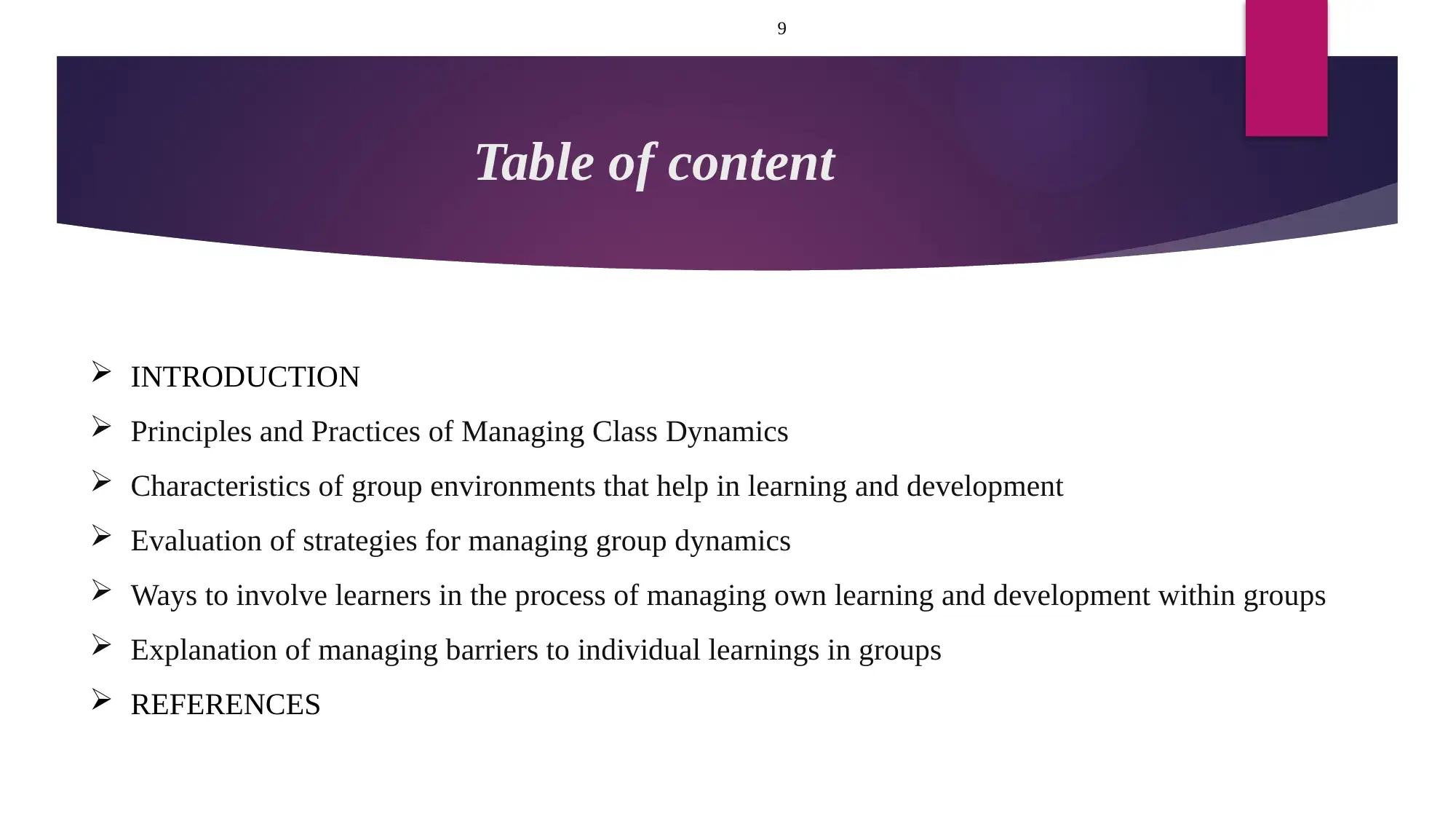
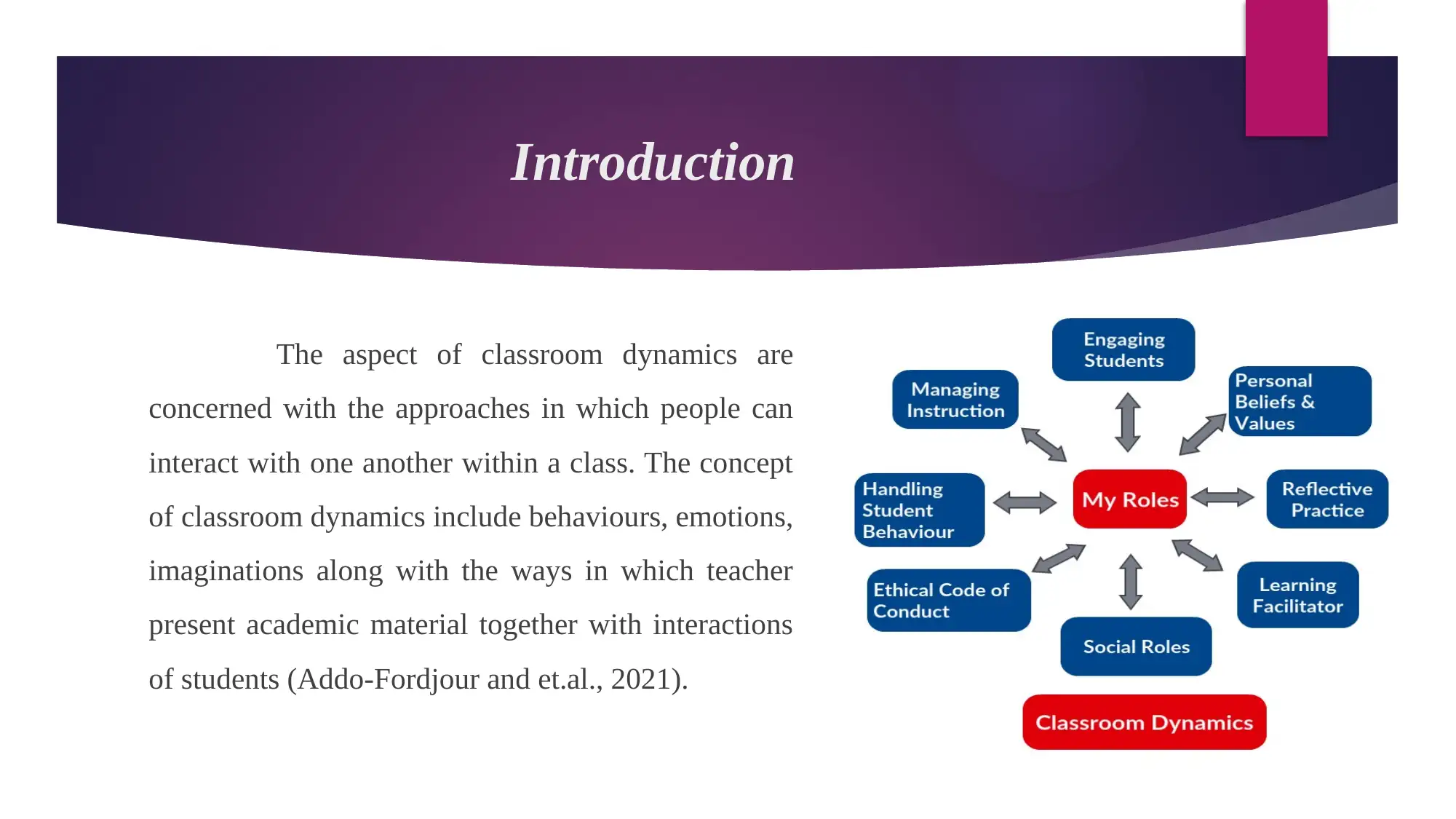

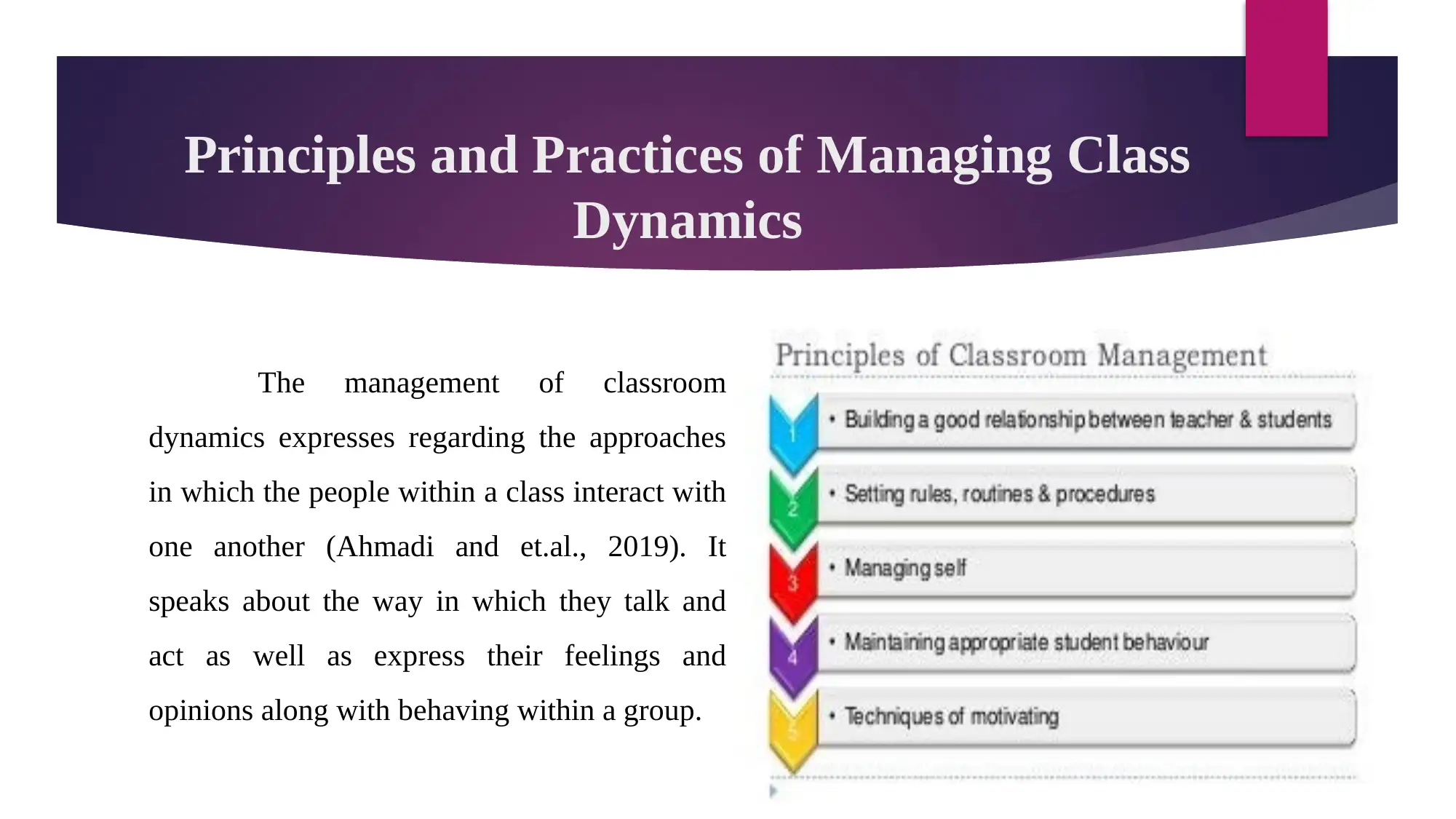
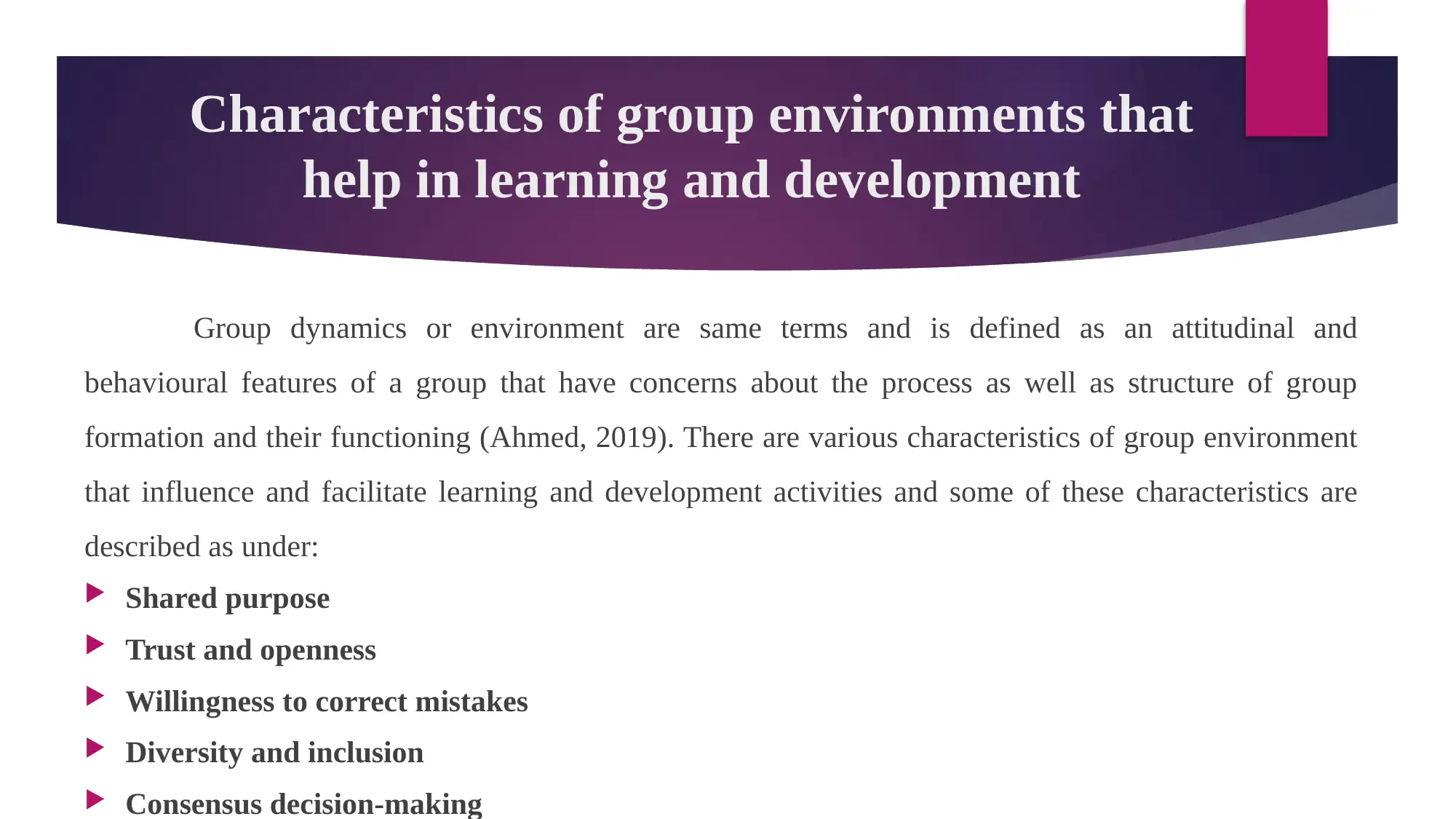
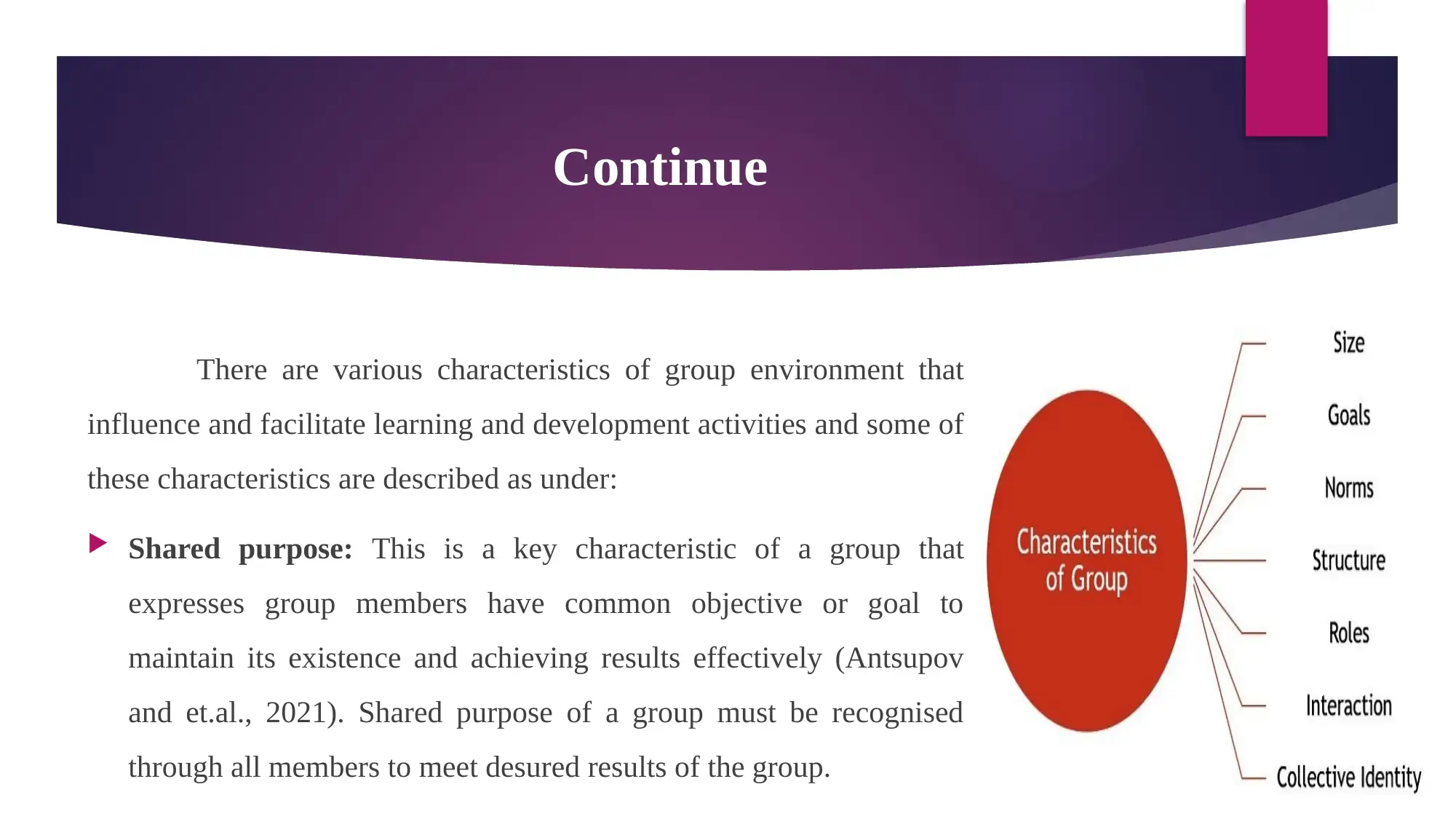
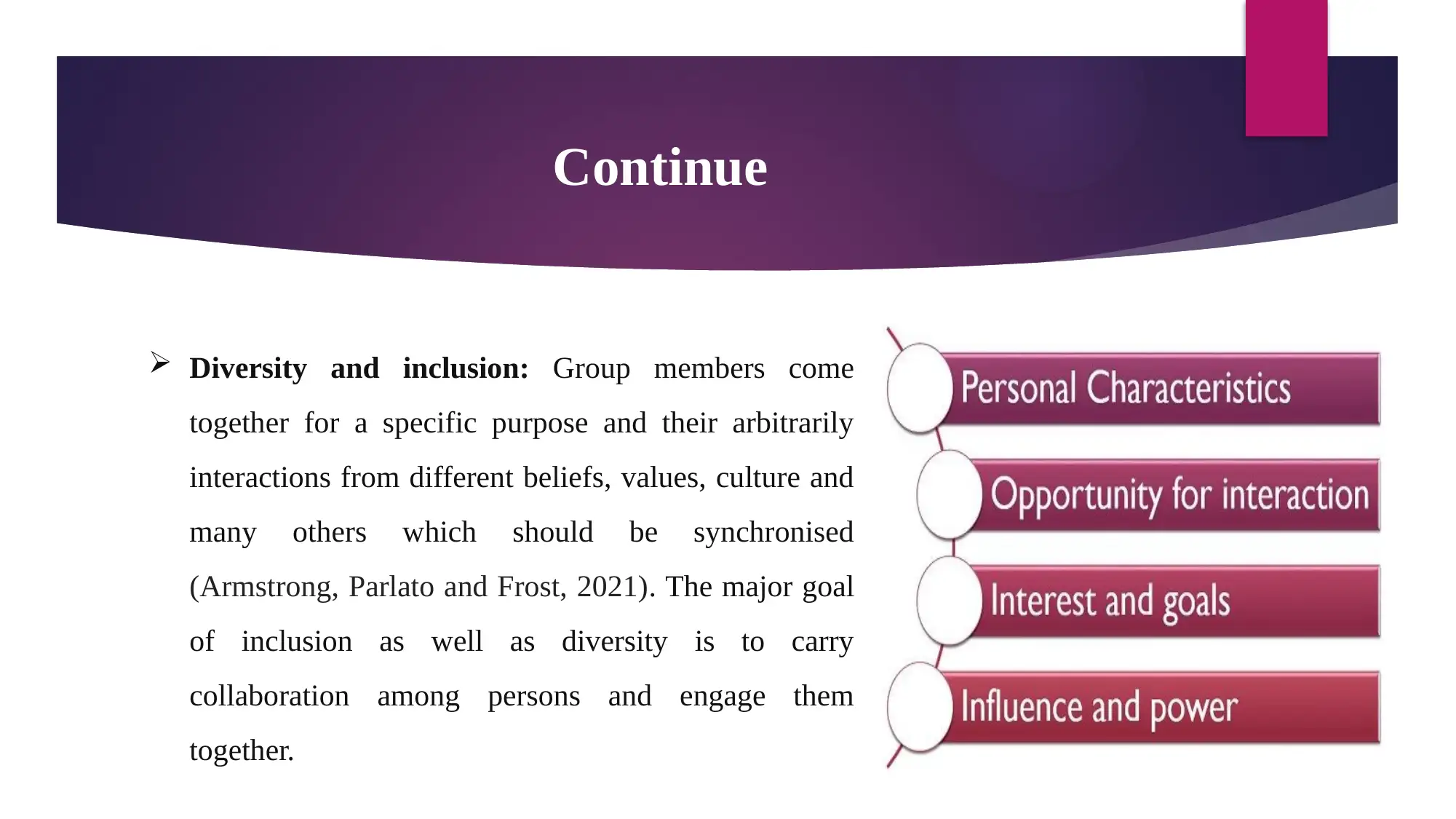
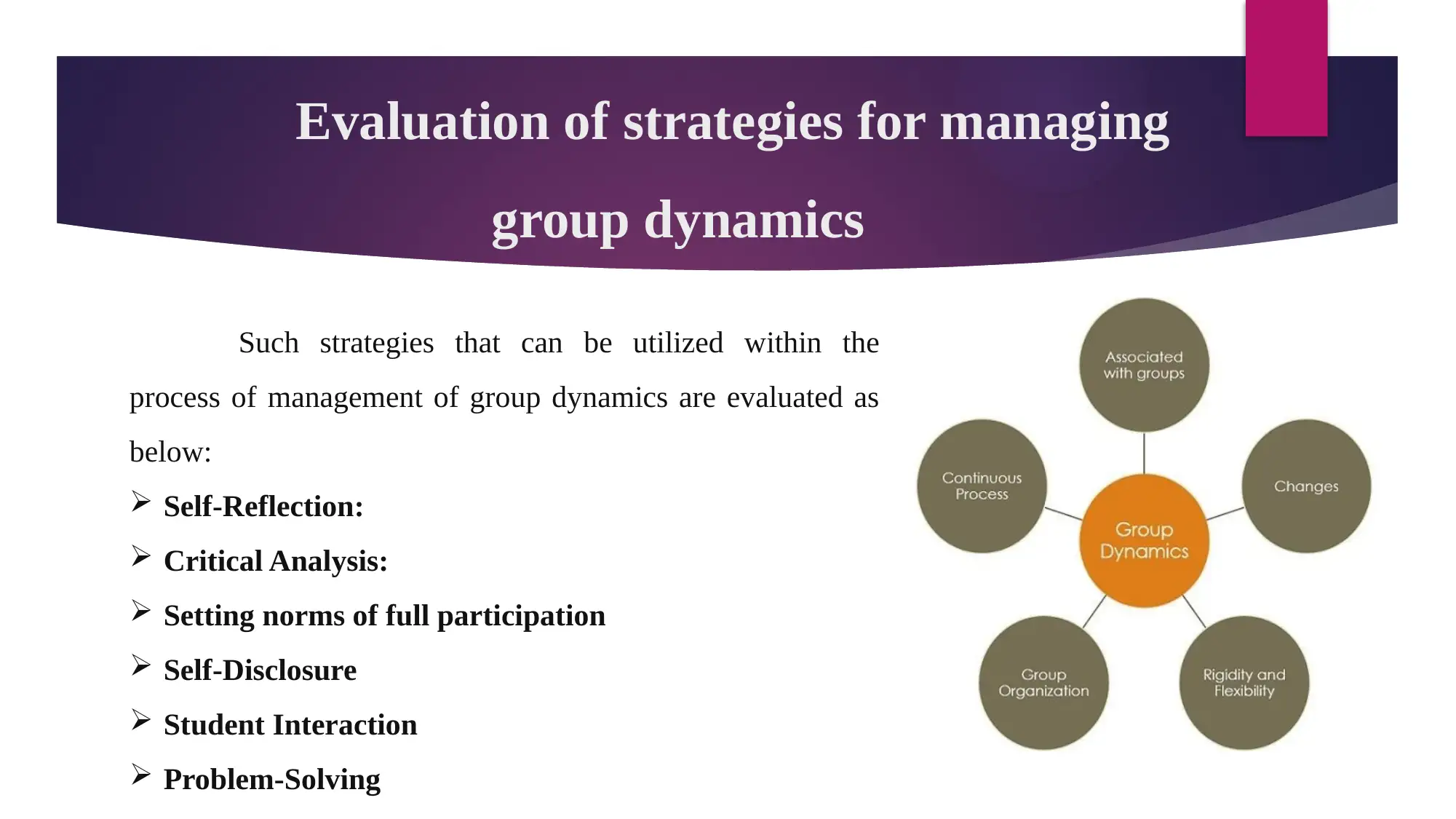
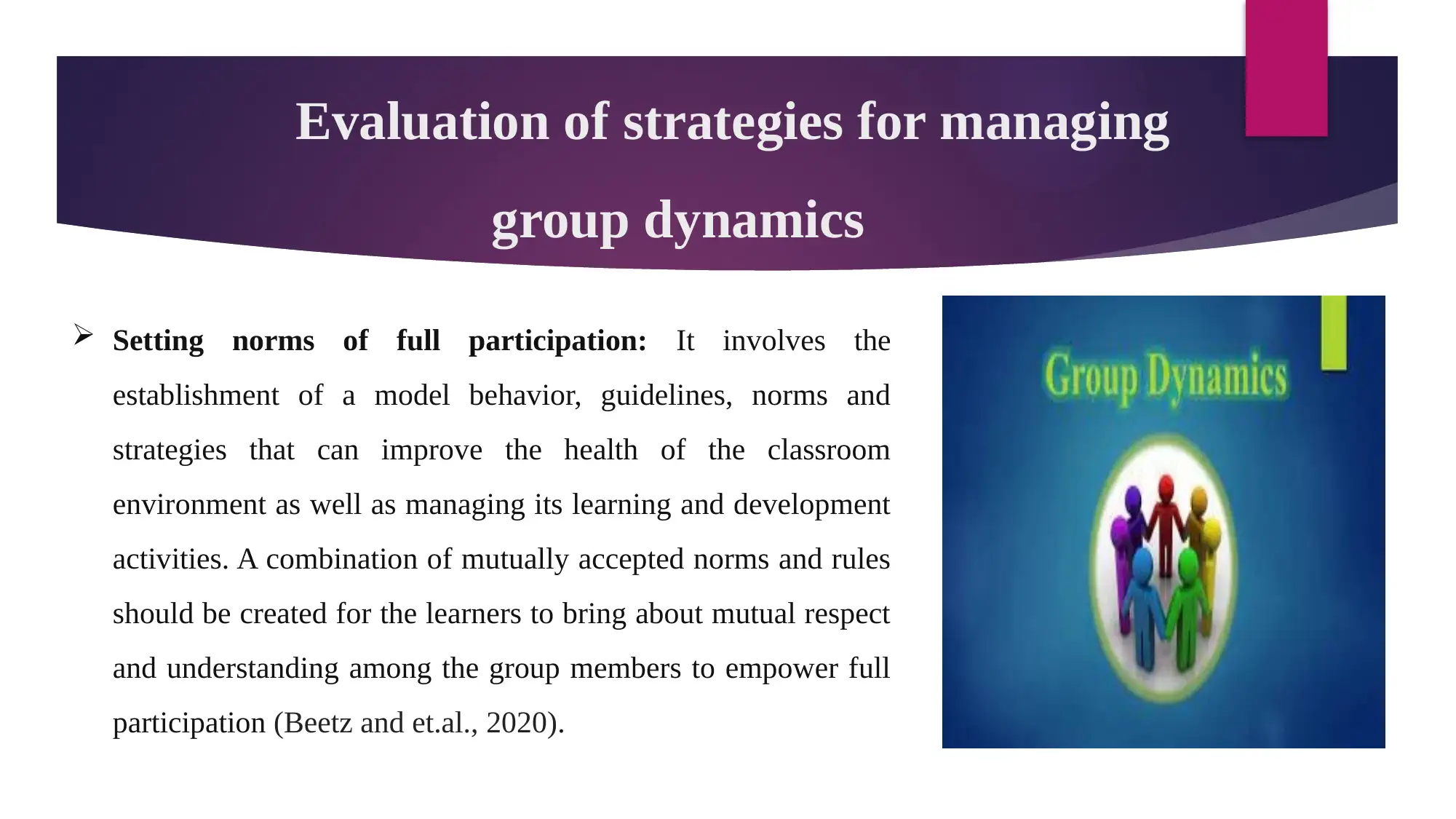
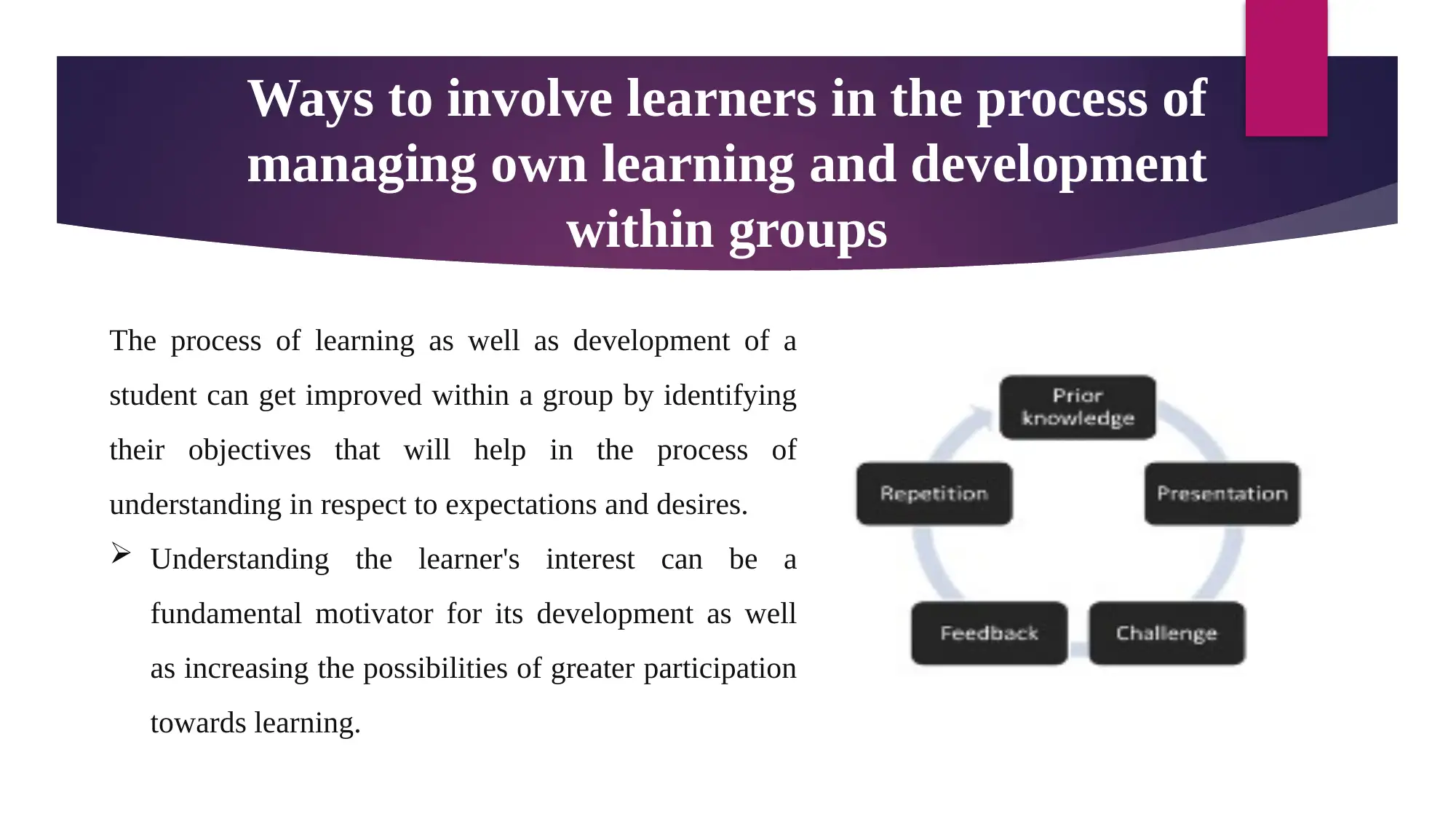
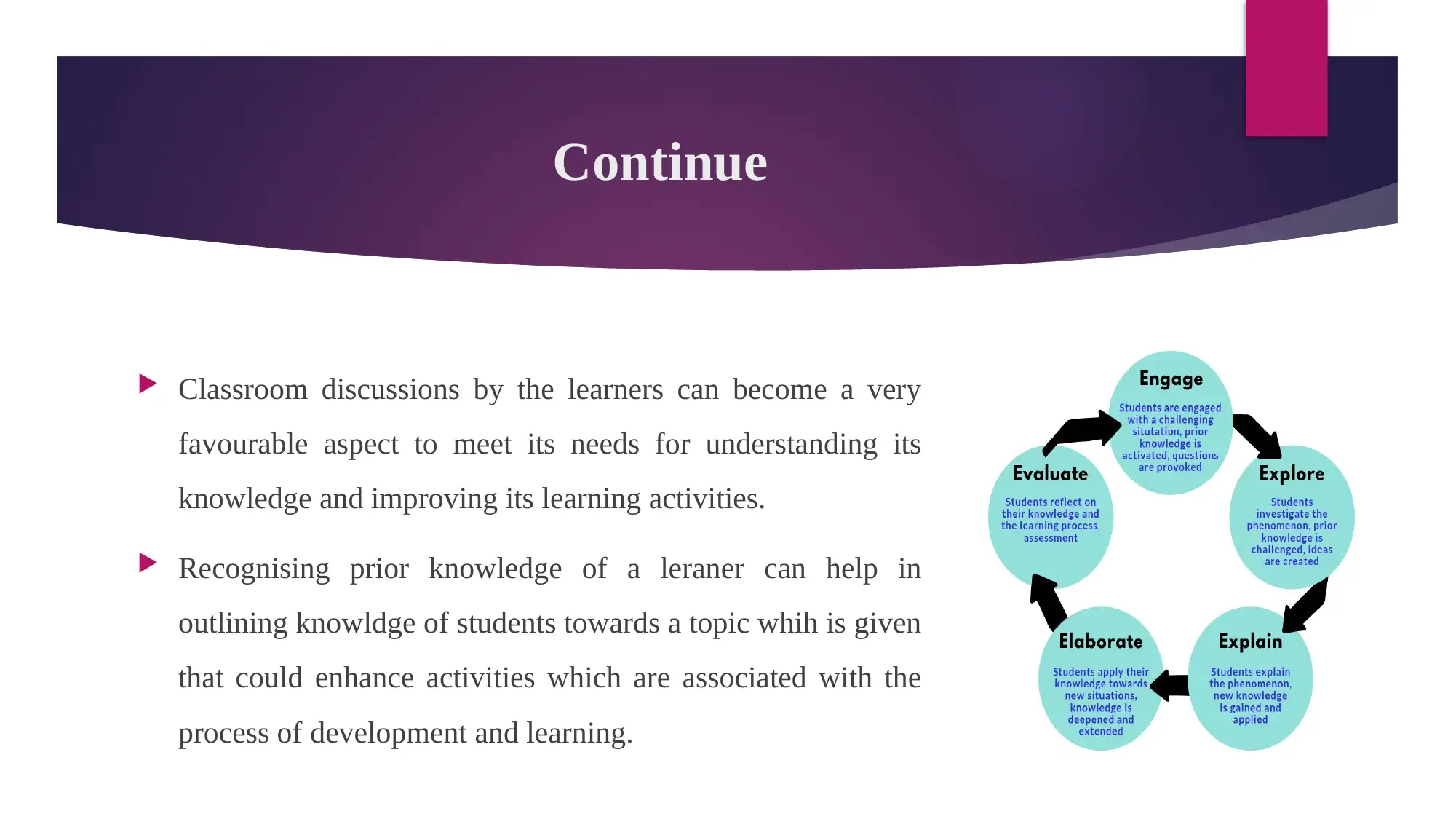
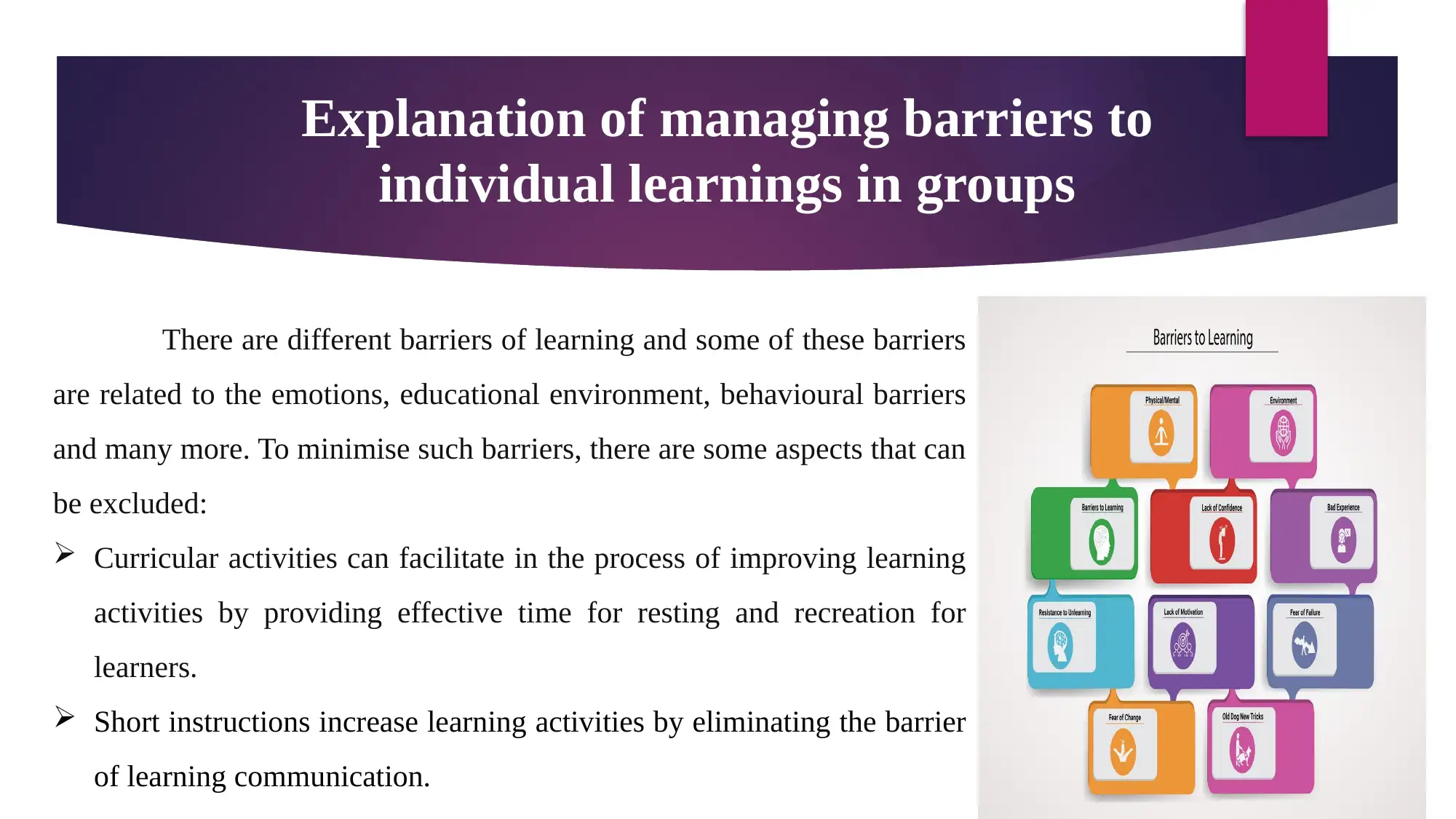

![[object Object]](/_next/static/media/star-bottom.7253800d.svg)